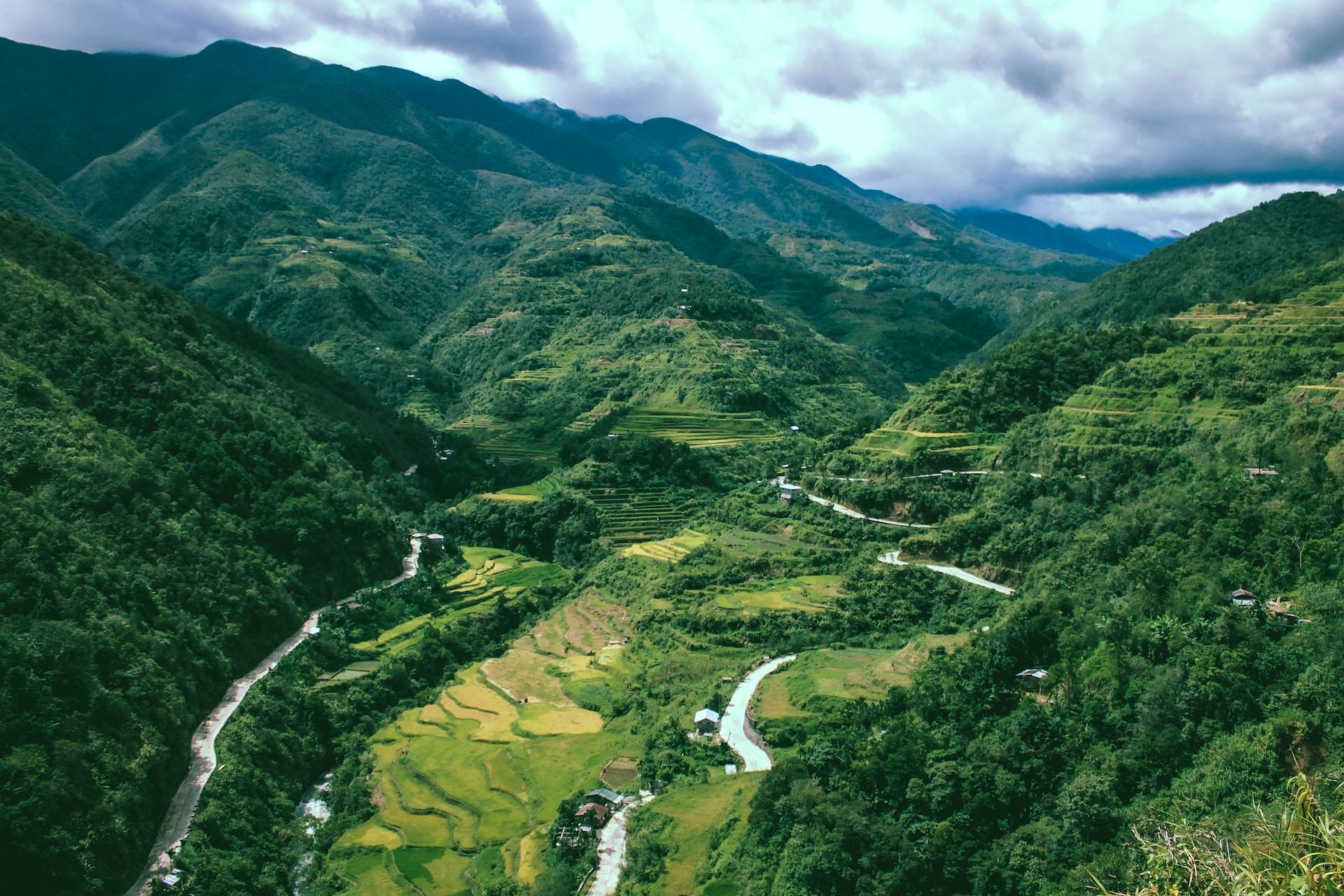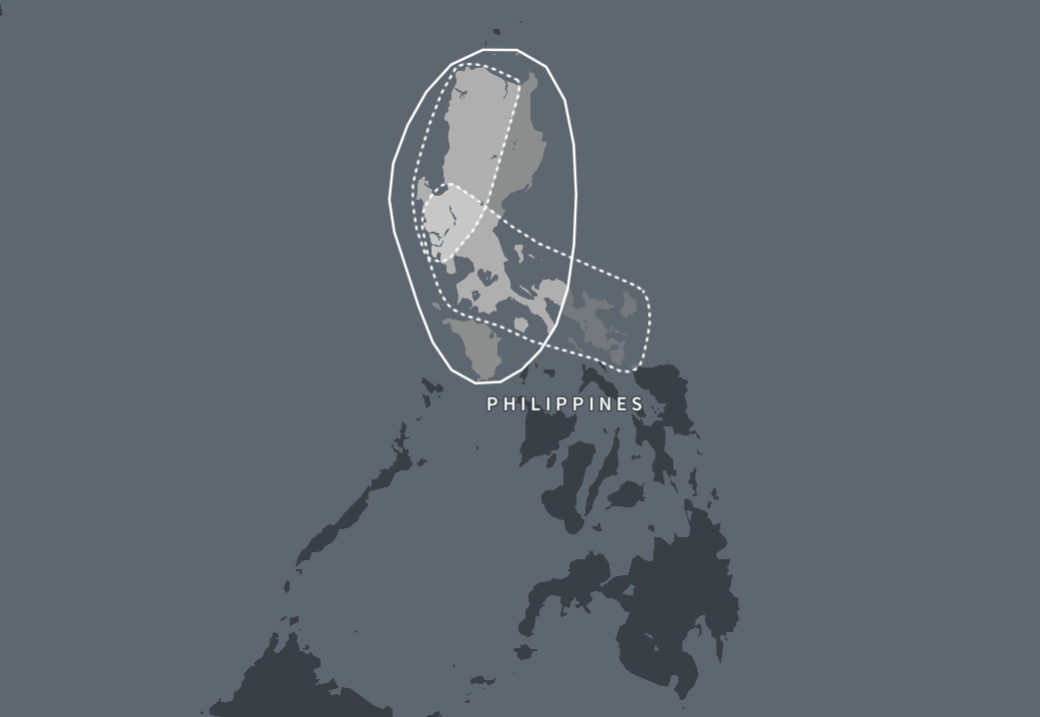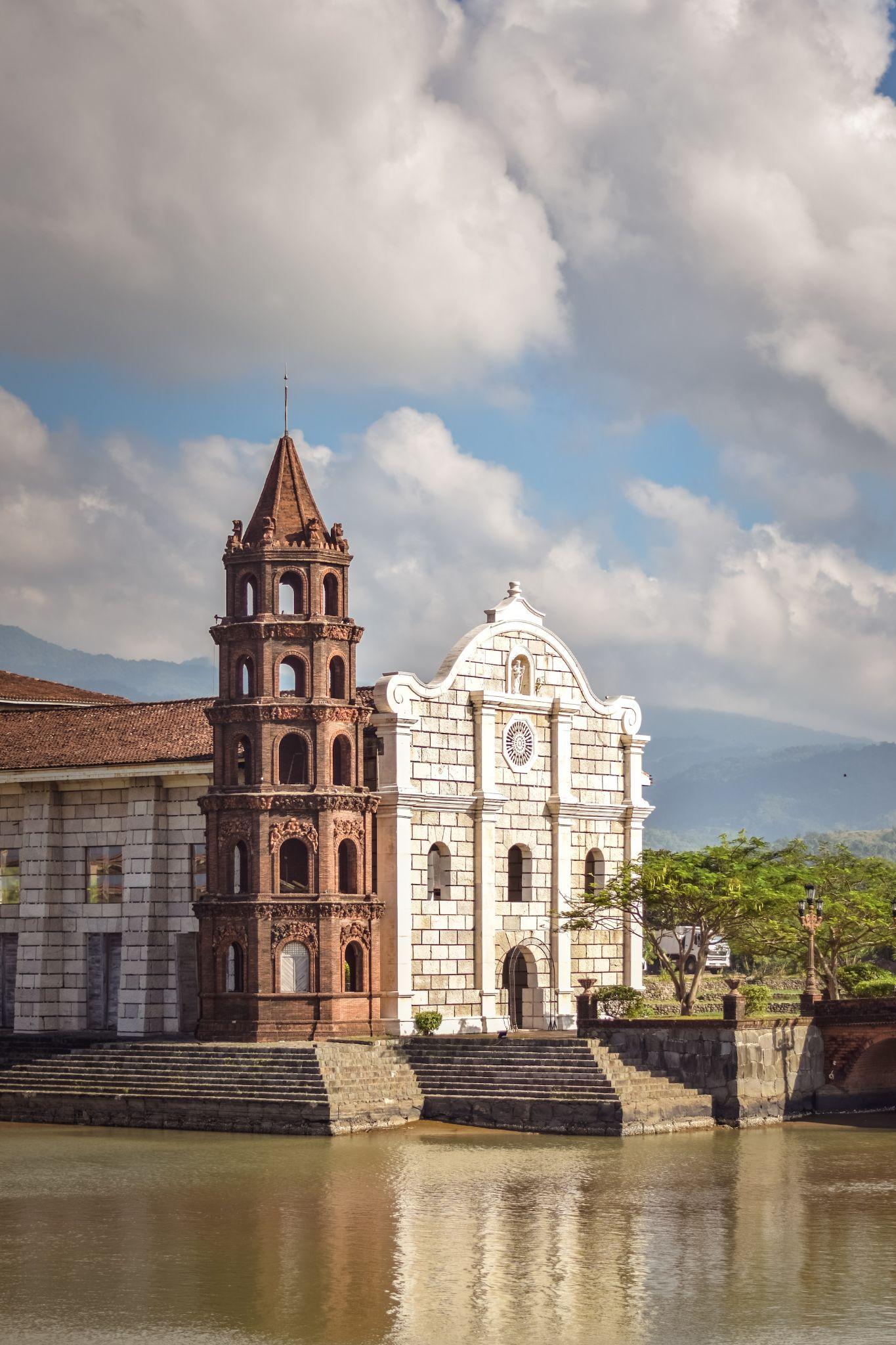What is Northern Philippines DNA Ethnicity on Ancestry?
The results of our AncestryDNA tests may sometimes be what we expect or on occasion may be a big surprise. Either way, often we need a little more information regarding some of the regions that arise in our ethnicity estimates.

One region that is not at all uncommon is the Northern Philippines DNA region. Those who still live in this region already understand all about its history and culture. There are others, however, who may never have even visited or in fact been aware that they have ancestors from that area.
In this post, we will go into more detail with regard to the history, geography, and culture of the Northern Philippines region. We will also discuss what it means to be from this region and how easy or difficult it might be to trace our roots in the Northern Philippines Region.
What Is the Northern Philippines DNA Region?
The Northern Philippines DNA region is located in a small group of islands to the east of Vietnam which include as the name suggests the northernmost land masses of the Philippines. These include the following islands:
- Luzon Island
- Mindoro Island
- Northern Samar Island
- Burias Island
- Marinduque Island
- Catanduanes Island
- Polillo Island
- Patnanongan Island
- Jomalig Island

Northern Philippines DNA Region Subregions
The Northern Philippines region has two subregions each of which are further broken down into smaller communities. This means that having DNA from one of the more specific subregions will help you determine more accurately where your Philippine ancestors may have originated from.
Central and Southern Luzon
As the name suggests this region focuses on the central and southern areas of the Northern Philippines. As a subregion, it is also broken down into 5 smaller areas that could potentially pinpoint a location where your most recent Philippine ancestors may have been born. These smaller communities are:
- Bicol
- Bulacan, Metro Manila, Rizal & Laguna
- Calabarzon
- Cavite
- Tarlac, Pampanga, Eastern Bataan & Southern Nueva Ecija
Ilocos Region & Central Luzon
This region is located in the north and western regions of the Northern Philippines region. As a subregion, it is also separated into smaller communities which include:
- Ilocos
- Ilocos Sur & Southern Zambales
- La Union, Pangasinan
Northern Philippines Region History
Philippines Prehistory
A discovery made of the remains of an early hominid in a cave on Luzon Island indicates that a species known as Homo Luzonensis lived in the region 50,000 – 67,000 years ago. The first evidence found of modern humans was actually found south of the Northern Philippines region on the Island of Palawan. The remains are thought to date back to between 11,000 – 10,000 years ago.
Discovered in the 1960s the specimen became known as Tabon man and is thought to descend from the first human migrations out of Africa. They are thought to have made it to the Island chain due to lower sea levels opening up land bridges between the Philippines and mainland Asia.
Austronesian Arrival
Around 2,200 BC it is believed that Austronesians arrived in the Philippines from Taiwan. Their first settlements appear to have arisen in the Batanes Islands in the North Philippines. They were known for building stone fortresses as well as jade artifacts.
Over the next 12 centuries, the Austronesians started to integrate with the indigenous groups and 4 distinct societies developed. These were hunter-gatherer tribes, warrior societies, highland plutocracies, and port principalities.
Beginning of the Written Record
Little is known about the Philippines beyond what archaeology could unearth until the first surviving written records were discovered from the 10th century AD. Over the next four centuries, things would advance with the emergence of trading centers in the coastal regions.
This meant that some of the more advanced groups could begin trade with other Asian regions including China. It is suggested that the Philippines had established trade with China around the Tang Dynasty period.
Europeans
As often has occurred around the world when Europeans found a place they did not formerly know about, the immediate instinct historically has been to try and claim it. This happened in 1521 when Portuguese explorer Ferdinand Magellan arrived in the Philippines.
Magellan claimed the islands for Spain but was killed in battle by the soldiers of the Philippine chief Lapalapu. This would slow the Spanish down but in 1565 Spanish explorer Miguel Lopez de Legazpi arrived from Mexico and began the Colonization of the islands.

The result of this arrival by Legazpi was the capture of Filipinos who were taken to New Spain as slaves and forced into the crew. Between 1565 – 1821 the Philippines came under the governorship of the Viceroy of New Spain.
How Did You Get Northern Philippines Region DNA?
If you already know that you had family who came from Northern Philippines or any of the bordering Asian states then you know why you have Northern Philippines region DNA. If this result came as a surprise you may not know how exactly you came by DNA from this region.
If you have a sizable percentage of DNA from this region then it is likely you have an ancestor who was born in or close to the country of Northern Philippines.
Is the Result Accurate?
When it comes to ethnicity estimates the higher the percentage you have from a certain region the more likely it is to be accurate. If your percentage is low, however, then it is harder to pinpoint exactly where your most recent ancestors came from.

A low result could mean a distant ancestor from that region. It is best to focus on your highest-rated region's matches to determine where your ancestors came from more recently. A low percentage can often be hard to locate because the ancestor in question could be many generations back in your tree.
How to Research My Ancestry from These Regions
The results of a DNA ethnicity test are of course a great place to start especially if there is an unexpected result found in the report. As always of course the DNA cannot tell the whole story and we need to actually do the research work.
A percentage on an ethnicity estimate means very little unless you follow through and start building up your family tree. The relevant ancestors may be several generations back and it may take a lot of research to discover who they were.
If you have specific regions mentioned in your report then you have a good idea of where your ancestor may have originated from. Ancestry DNA even has migratory information from some of these regions through to the final settlement places in the United States or elsewhere in the world.
Using Ancestry you may be able to determine not only who your ancestors were from the British Isles but perhaps the reason they decided to move.
Philippine Migration
As mentioned after the settlement of the Philippines by the Spanish, countless indigenous peoples were shipped to New Spain in the Americas to serve as slave labor. This would be considered the first wave of immigration out of the Philippines to the New World.
First Filipino Settlement
Having been brought over as slaves a group of individuals managed to escape bondage and gather in a settlement in St. Malo, Louisiana. This occurred in 1763 and would be the first of several such settlements to form in the Louisiana bayous.
Spanish-American War
In the aftermath of the Spanish-American War, the US colonized the Philippines. This would result in mass migrations as thousands of Filipinos became US nationals. The labor shortage on farms in Hawaii and California created a lot of potential work for these migrants.
Migration has persisted at a steady rate since building up a sizable Filipino-American population some of whom have been in the country for many generations.
Why is the Northern Philippines Region Different from the Southern Philippines Region?
Overall the Philippines were settled by two early groups of peoples African descendants that settled in the south west of the region and the much later Austronesians who settled in the north. Although many modern day Filipinos likely share DNA from both indigenous groups their original entry points to the region may impact how the DNA is seen today.
The peoples of the Northern Philippines may be more influenced by the Austonesians while those in the South would be influenced by the early humans in the region who migrated from Africa. In the center of the Philippine islands you will tend to find both Northern and Southern regions represented almost equally.
Final Thoughts
The Northern Philippines region on Ancestry corresponds to the northernmost islands of the nation, an area colonized by Austronesians around 2,200 BC. An existing indigenous people who migrated to the region from the original humans of Africa would already have been present. These two groups would have combined over the centuries.
In the 16th century, the Spanish arrived, adding an extra influence to the DNA of the region and starting a mass migration to the New World. This migration sadly was not willingly undertaken.
Link To or Reference This Page
We spent a lot of time downloading, cleaning, merging, and formatting the data that is shown on the site.
If you found the data or information on this page useful in your research, please use the tool below to properly cite or reference Name Census as the source. We appreciate your support!
-
<a href="https://namecensus.com/blog/what-is-northern-philippines-dna-ethnicity-on-ancestry/">What is Northern Philippines DNA Ethnicity on Ancestry?</a>
-
"What is Northern Philippines DNA Ethnicity on Ancestry?". NameCensus.com. Accessed on May 4, 2024. https://namecensus.com/blog/what-is-northern-philippines-dna-ethnicity-on-ancestry/.
-
"What is Northern Philippines DNA Ethnicity on Ancestry?". NameCensus.com, https://namecensus.com/blog/what-is-northern-philippines-dna-ethnicity-on-ancestry/. Accessed 4 May, 2024
-
What is Northern Philippines DNA Ethnicity on Ancestry?. NameCensus.com. Retrieved from https://namecensus.com/blog/what-is-northern-philippines-dna-ethnicity-on-ancestry/.
